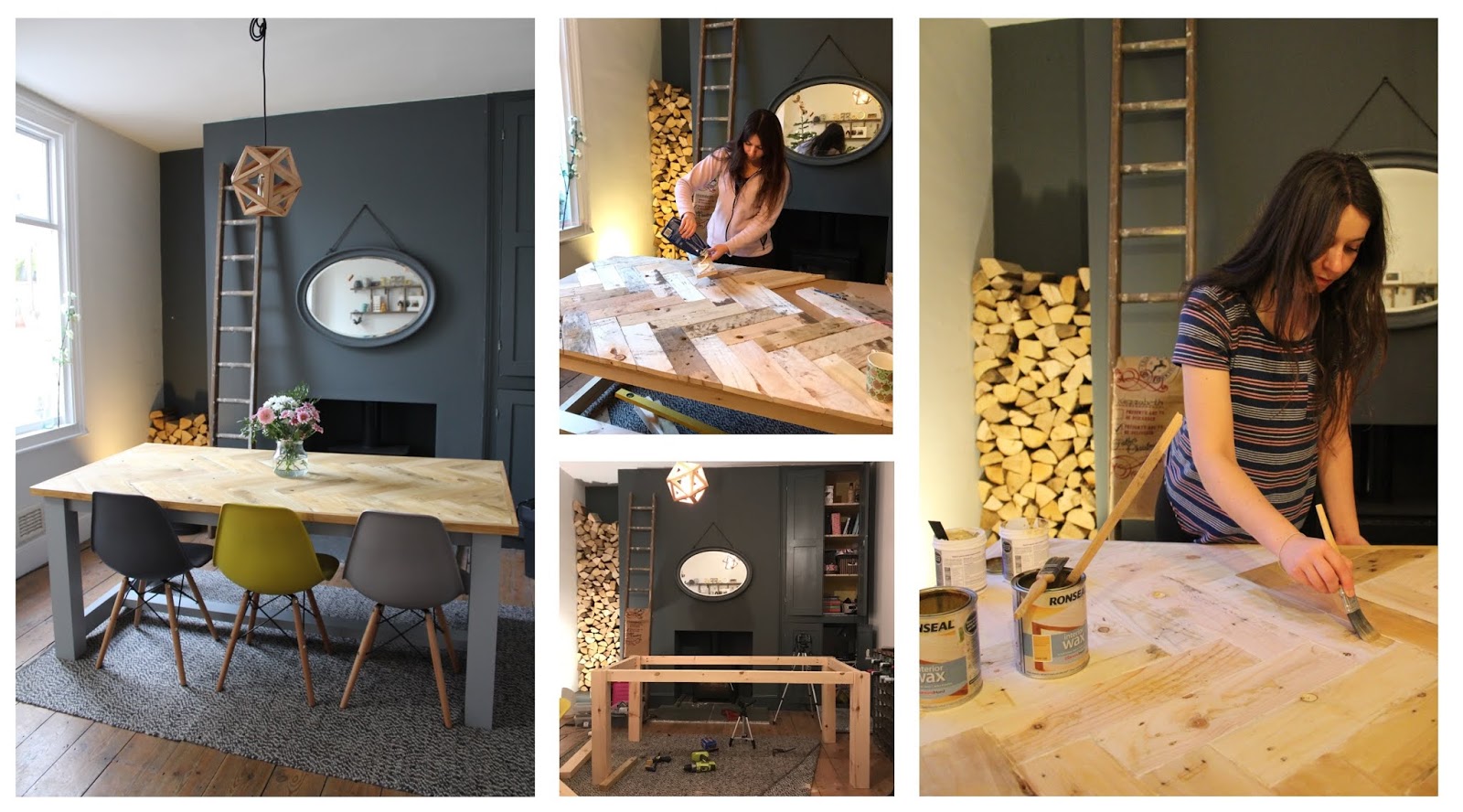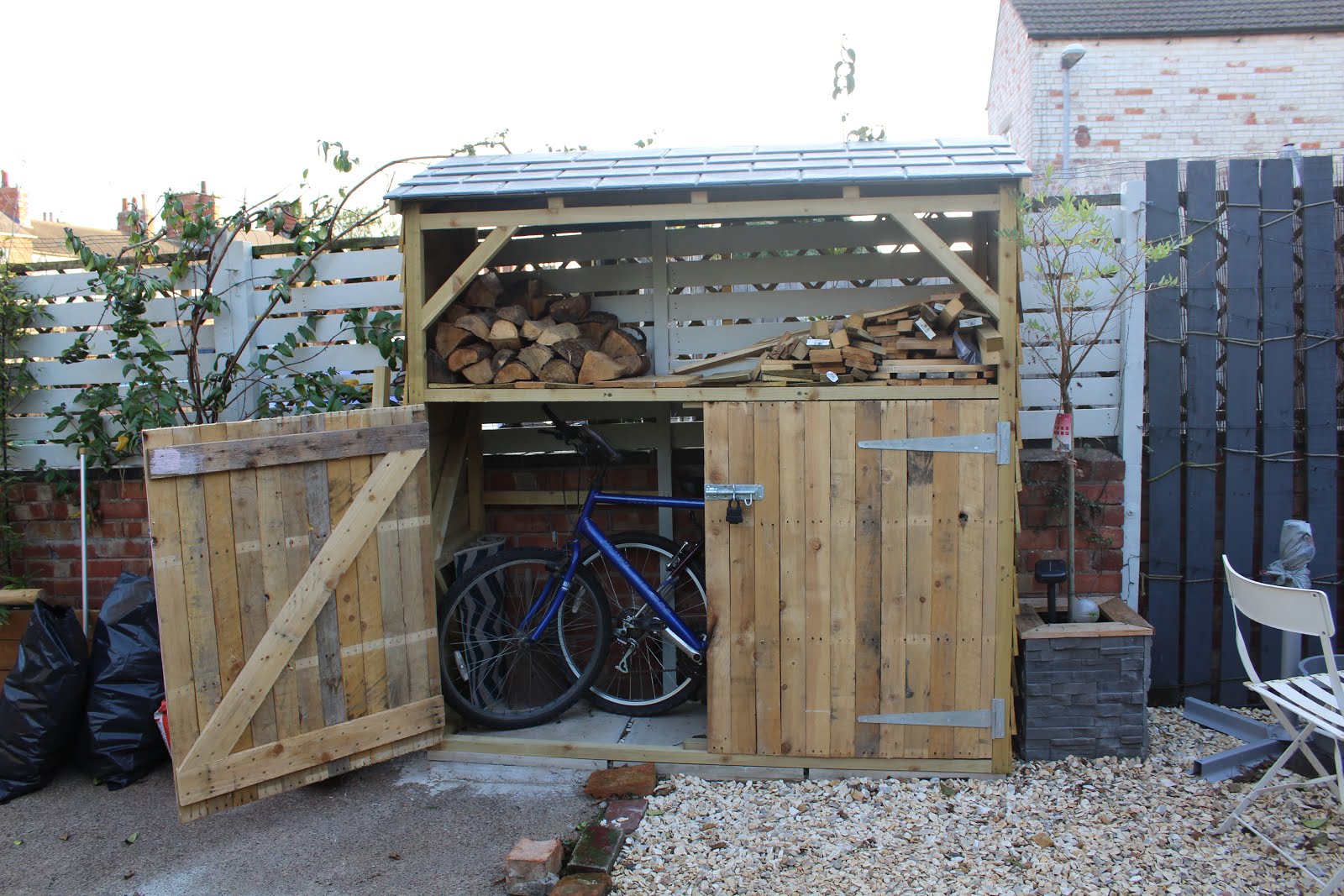Our first owned home had no heating paired with single glazed windows – if I say it was preeettty cold throughout winter, you probably can’t appreciate just how cold it could be. We lived in this house for 3 whole years and learnt to live with it’s draughty problems, so I thought as the cold weather is fast approaching I would do a draught-proofing post, as we found that by sorting out these issues made a massive impact on keeping the house warmer.
1. Draught excluder trims.
This is suuuuch a simple fix it’s unreal. You can buy two different types of this stuff; a rubber seal or a kind-of brush-seal. Fit these around door frames for a tight-closing door that stops draughts and air-leakage. Definitely consider these for your front/back doors, particularly if they’re not uPVC, but these can also be used on internal doors. You can also get similar draught-excluder’s for key-holes and letterboxes. I’d also recommend fitting a bottom brush-bar too.


2. Fabric Draught Excluder
If you can’t fit a bottom brush bar, or don’t like the look of them, opt for a fabric draught excluder.. Old fashioned you may think, but nope, you can get some real trendy draught excluder’s nowadays. Here’s ours

3. Window Insulation
This one’s just for single-glazed windows really. Wood framed single glazed windows often don’t shut tightly enough to cut out the draught. They also lose A LOT of heat through the actual pane of the window. These plastic sheets actually re-create the concept of a double-glazed window by creating a vacuum between the plastic and the window itself. Double-sided tape is stuck around the whole frame, the plastic is then cut to size and attached by the tape, and finally a heat from a hairdryer shrinks the plastic until it creates a tight seal. This makes it air tight, stops draughts and also helps reduce heat loss through the window pane. Admittedly these aren’t suitable for long-standing use, in personal experience they required re-shrinking every few weeks and you should also be very aware that the double-sided tape will pull off all your paint on the window frame and leave a horrific sticky residue when you come to take it off in spring. Not for the lazy DIYer. These are also brilliant at stopping condensation on single glazed windows. I’d recommend searching eBay for these as they’re much cheaper than DIY stores.
4. Draught-ex
If you have wooden floorboards, this stuff is amazing! The gap inbetween each wooden floorboard lets cold air slip through into the room. If these floorboards are downstairs and are externally vented via a vent-brick, you may notice a draught coming from in between them. Or if not through the floorboards, you may get it around the skirting board where there is also a gap between the wall and floorboard. The solution to this – Draughtex. This stuff is like a long circular piece of rubber than just sits in-between each floorboard, or between the skirting board and the floor. These are super easy to install, require literally no DIY skill what-so-ever, and are amazing at stopping them draughts. We used them in our last house and will definitely be using them again!

5. Caulk
Over the years the caulk around windows and doors will become loose. This is the stuff used to seal the gap between the frame and the wall. Rip it out and start again. Having a poorly sealed window or door frame, is just the same as a badly fitting door without any draught-excluding trims. This does require some DIYing, but you need not be an expert I assure you. Apply the caulk between the frame and wall and use your finger to push it in and create a smooth line. This stuff can also fill any other small gaps that’s prone to draughts.
6. Chimney Umbrella
You’ll often find a draught coming from your chimney, seal it up! There’s lots of brands out on the market that do a similar thing, here’s an example of Chimella.. But please please please don’t forget to remove it before you turn the fire on!!!
7. Ventilation Shutters
Many houses are fitted with wall air vents. The sort that lets air out, just as in lets air in. Ventilation is required for several different reasons, so put away your expanding foam, and just replace the vent with an adjustable one that can be shut when it’s not in use. Air vents are often a standard size, there’s nothing else involved other than unscrewing the old and screwing in the new.

This is the sort you don’t want – no closing mechanism. We’ll be swapping this soon.
Find the cause of the draught, fix it, and your home will not only be warmer, but for longer, and your heating costs will also be reduced.








No Comments